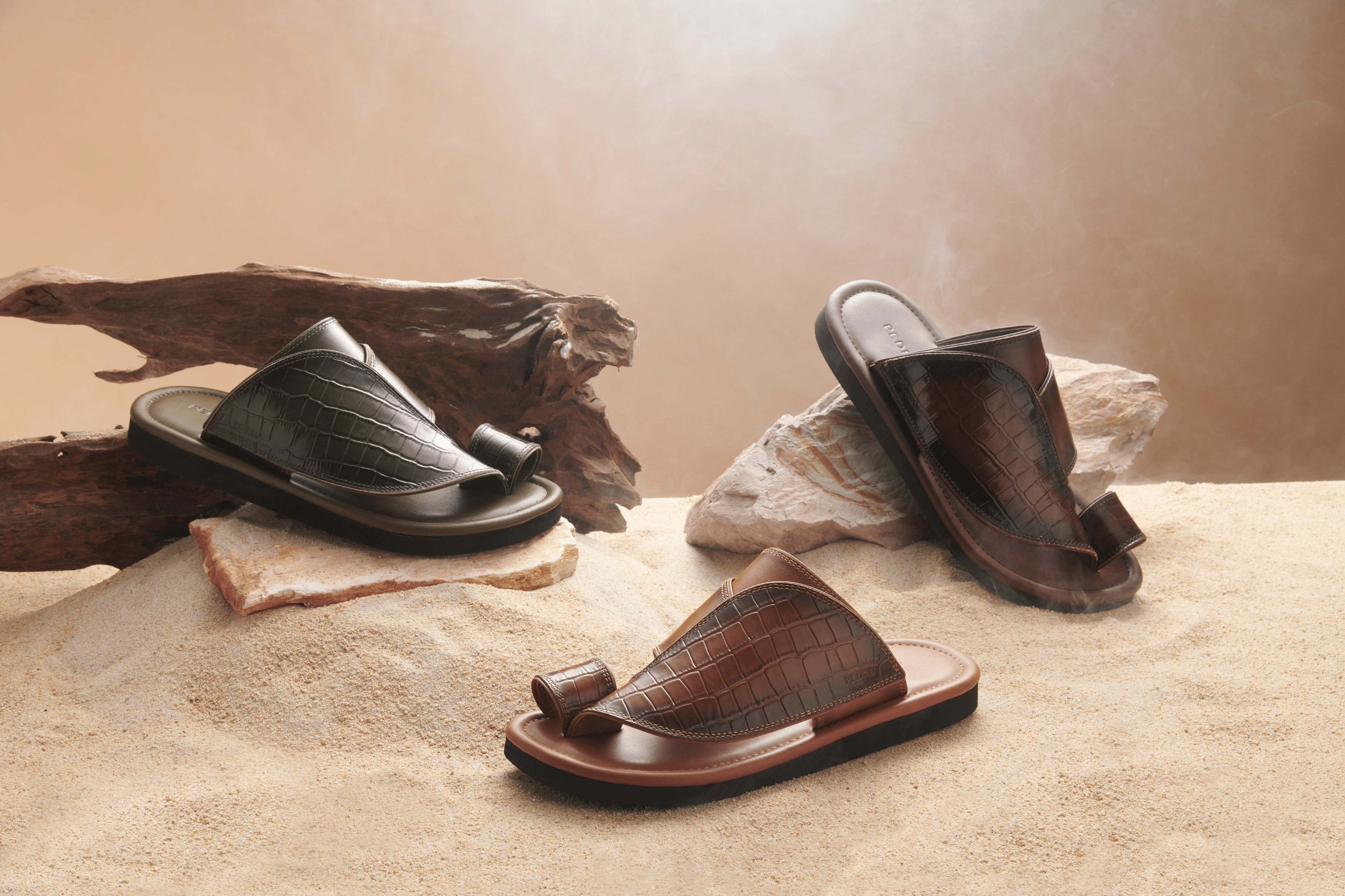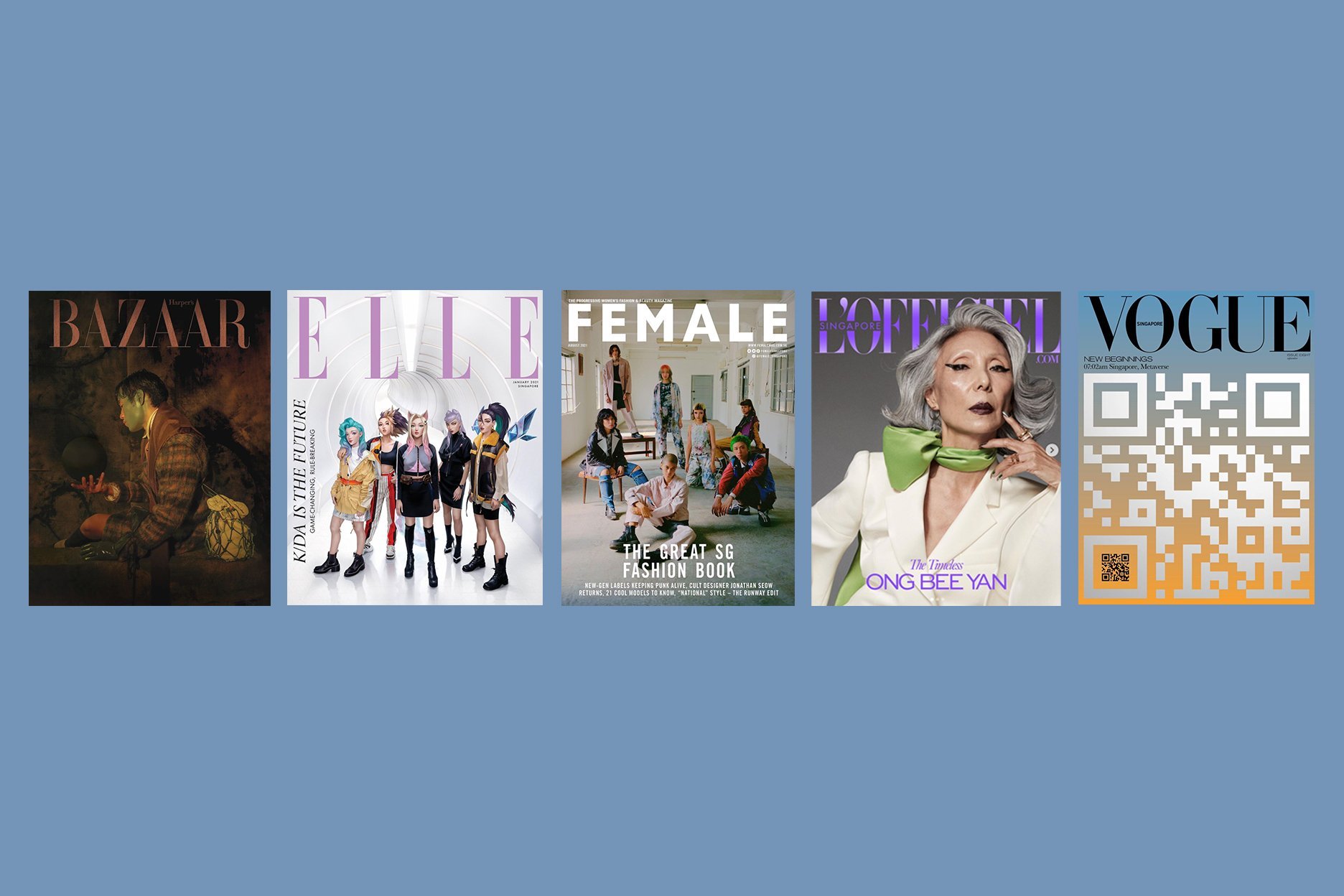Pedro from Singapore to the World
15 Years in the Archives
By Daniela Monasterios-Tan
Fashion & Market paid a visit to Pedro’s archives from the past 15 years and discovered how the brand has responded to both the style evolution and global conversation on where fashion is going. As a Singapore-born label which has expanded across Asia Pacific, the Middle East and the United States of America, Pedro is a pertinent case study on how to grow a fast fashion brand from the vantage point of Southeast Asia to the world.
The process of looking back is a luxury that many in fashion’s relentless pace have not been able to do. Yet in the past decade, a number of brands have dedicated museums to their company archives, going so far as to create destination spots such as the Yves Saint Laurent Museum in Marrakech, as well as the Simone Handbag Museum in Seoul, curated by Judith Clark. Another interesting phenomenon has been a rise in brand-led exhibitions that highlight iconic designs and junctures, while some of the most outstanding employ museum-quality curators and scenographies such as Louis Vuitton’s ‘Volez, Voguez, Voyagez’ curated by Olivier Saillard. As the fashion industry slowed down during the pandemic, brands have had time for introspection and this could lead to a rise in archival re-issues, exhibitions and retelling.
The 2000s: From Singapore to the World
Pedro was founded in 2006 primarily as a men’s shoes and accessories brand, and its journey exemplifies the team’s agility and responsiveness to their consumers' changing lifestyles, mobility and locales. The launch of Pedro was in line with the rapid globalisation and product diversification shaping the fashion industry in the 2000s. It is this period which saw brands diversify their offerings to embrace lifestyle products as part of the fashion ecosystem, which meant including adjacent categories such as accessories, fragrances and even home furnishing.
Seasonal variations of the madas sharqi for the Dubai and Northern Emirates market. Image courtesy of Pedro.
Pedro was born and bred in Singapore, but as a brand, it was committed to international expansion from the onset, with the Philippines as its first overseas market in 2007. This early internationalisation was key to take advantage of economies of scale, and the brand deftly adapted to local cultural norms depending on the market they were entering. A fascinating anecdote shared by the creative team was how their seasonal adaptations of the madas sharqi, commonly worn by men in Dubai and the Northern Emirates, has become a key staple that they develop in different materials and detailing. Similarly, when entering the Chinese market, they added new lines of weather-appropriate offerings for China’s colder seasons which are not found in their Southeast Asian stores.
The style evolution of Pedro in the past 15 years parallels the wider fashion genealogy. When the brand spotted a market gap for affordable, quality dress shoes in 2006, the design team took cues from the sharp, continental style of Italian menswear that was in vogue. The key items in their first years were classic formal shapes and moccasins. Women’s shoes were introduced shortly after in 2009, echoing the glamour of sky-high platform heels and party shoes seen on the runways. As menswear collections began experimentations with colours, materials and silhouettes, Pedro responded with shoes and accessories in trend-led fabrications to match.
The jet-setter lifestyle of the mid-2000s was communicated in the brand’s campaigns. Models were photographed in exotic locations such as islands and within yachts, capturing the desire for luxury. The styling has an overt sexuality and sleekness in line with fashion trends of the time, where bandage dresses and bold platform heels reigned.
The 2010s: Global Markets, Technology and Revitalisation
Storefront in Sihanouk, Cambodia. Image courtesy of Pedro.
In this decade, news of fashion trends and celebrity style was easily accessible through the internet. Pedro embraced the increasing connectivity and speed of technology and by 2015, it launched e-commerce platforms in eight markets: Australia, Hong Kong, Macau, Malaysia, Singapore, Taiwan, United Kingdom and the United States of America. The increase in demand for trend-based shoes and accessories for the everyday, and not only for special occasions is matched by Pedro’s diversification of product categories. For example, fashionable sneakers and sports-inspired sandals for men were introduced. Women’s heels toned down to day-friendly heights, and there were plenty of flats, mules and strappy sandals in textured materials and styles.
The campaigns and lookbooks took a different narrative in the 2010s, targeting young working professionals that made up a majority of Pedro’s clientele, who were looking for shoes suitable for both work and play. In a campaign from 2013, we see stylish urbanites against the architectural city. The models are dressed in sleek and minimal outfits, where the male model pairs a casual t-shirt with a blazer and the female model sports an architectural jacket, vest and trousers, reflecting the increasingly androgynous styling on runways as well.
Pedro Spring/Summer 2015 campaign. Image courtesy of Pedro.
Pedro Spring/Summer 2015 campaign. Image courtesy of Pedro.
With e-commerce comes a host of logistical operations, including packaging. The urgent calls to rethink fashion’s impact has meant that fast fashion brands with their economies of scale have been pushed to innovate and find smarter solutions. For Pedro, with over 100 physical stores and ecommerce platforms across Asia Pacific, the Middle East and the United States of America, the impact of changes in product design and packaging are manifold. In the summer of 2020, the rePedro line was launched along with new packaging solutions, which used less glue and materials, and allowed for more efficient use of space in cargo deliveries. The rePedro capsule line also experimented with new materials and more unisex styles which would test their customers’ appetite for more eco-consious designs.
rePedro box, 2020. Image courtesy of Pedro.
As the decade rounded off, the pandemic accelerated macro trends in fashion. Globally, urban lifestyles are seeing a change with the rise of work-from-home arrangements. Coupled with customers having a lower threshold for trend-led fashion, Pedro has been rethinking its brand direction and values: to be effortless and to create essentials that last. Their move towards more sustainable and considered essentials is embodied in the launch of the rePedro sustainable line and the introduction of Pedro Icon in 2021 as a collaborative venture across their design teams. Both lines aim to be a capsule collection of wardrobe essentials, independent of trends.
“The Pedro archives give us a snapshot of the brand as well as the larger fashion industry. It demonstrates the way that customers and fashion businesses are in constant conversation to move trends forward.”
The Pedro archives give us a snapshot of the brand as well as the larger fashion industry. It demonstrates the way that customers and fashion businesses are in constant conversation to move trends forward. Pedro exemplifies the agility necessary for companies to embrace change and to expand across geographies, and gaining cultural insight through local clientele is an important way for them to grow locally and globally.
This article was first published in The Pedro Journal on 25 October 2021.
















